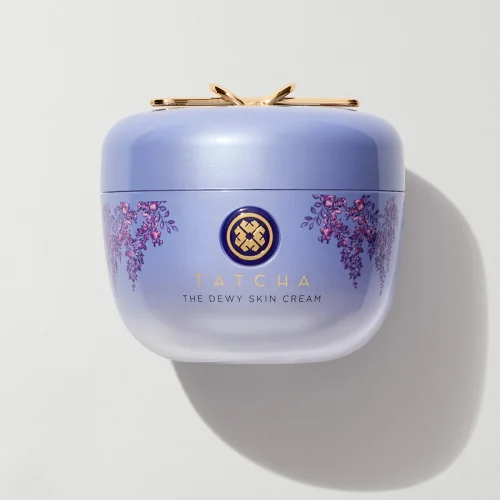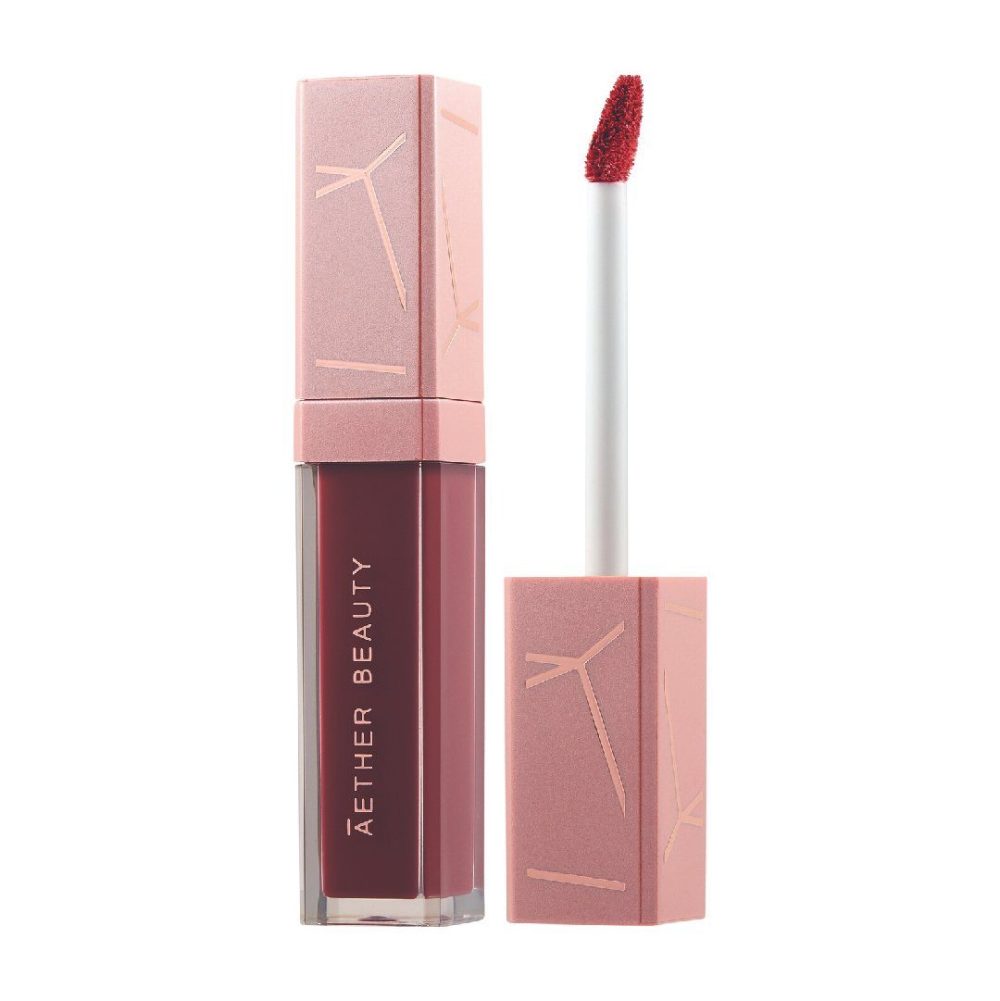
[ad_1]
Found in approximately 24% of our products, including green beauty products, Phenoxyethanol is a preservative to prevent bacterial growth and, for me, one of the best ways to quickly spot if a brand is greenwashing. Sadly, I do see this ingredient used in most clean beauty brands today so it is a hard one to avoid! Of course, using a product here and there with Phenoxyethanol is not something I worry about but when used alongside other disruptive ingredients, collectively over time, that is when things can start to go wrong. So, for me, it is an ingredient I try to avoid as best as possible. Keep reading to learn why!
First, Phenoxyethanol is a preservative or stabilizing ingredient found in cosmetics, perfumes, skin care and soaps. Many brands started using this after consumers learned about the risks of Parabens. Phenoxyethanol is really the modern day Paraben so it’s one you will want to be mindful of. I will note, that most products do use levels that are considered “safe”, at a concentration of about .46%, however, the below risks are why I prefer to avoid it as much as I can.
Many brands actually defend their use of this preservative noting that preservatives are needed which is 100% true, however, there are much better options when it comes to preserving products.
Risks of Phenoxyethanol-
The National Institute of Health classifies this ingredient as an irritant which is harmful if swallowed, inhaled or absorbed through the skin. Effects from both short term and long-term exposure can include: irritation, cough, sore throat, headaches, drowsiness, skin redness or dryness, and central nervous system disruption! It is also noted as causing liver and kidney damage at high doses in animal studies.
The Environmental Working Group classifies this ingredient as moderate for non-reproductive organ system toxicity and high for skin, eyes, and lung irritation. The score is worse in items that can be inhaled because of respiratory concerns and in items that are used around the mouth due to the risk of ingestion and absorption.
EPA’s Comptox database states phenoxyethanol can cause reproductive damage. It shows both chromosomal changes and genetic mutations in mice studies. It is also classified as a developmental toxin.

Health Studies to Consider-
Back in 2008, there were various issues with Phenoxyethanol being used in infant products. Infant oral exposure can acutely affect the nervous system and may cause vomiting and diarrhea (In 2008, the FDA issued a warning after this ingredient was found in mommy nipple nursing cream, when infants that nursed and ingested the nipple cream experienced the above noted side effects.) (Note: The FDA warning has since been removed from the FDA website, but you can find articles describing the situation still.
A 2010 case study finds a woman allergic to phenoxyethanol, which caused anaphylaxis. She was using a variety of skincare products containing phenoxyethanol including shampoo, moisturizers and cleansers. Her symptoms included hives, runny nose, difficulty breathing and dizziness!
To Recap Phenoxyethanol–
- Is classified as an irritant and harmful if swallowed, inhaled or absorbed.
- Exposure may cause cough, headaches, irritations, a sore throat, and even central nervous system disruption.
- Can cause reproductive damage, genetic mutations + considered a developmental toxin when tested on mice.
- Has links to dermatitis when used in skincare or makeup.
- Should be avoided in lip products or products you can inhale.
- Exposure, orally, to infants can affect their nervous system and cause vomiting and diarrhea.
- Has been linked to anaphylaxis and allergic reactions.
As you can see, this ingredient has enough data to at least warrant extreme caution when using. Again, you will want to keep an eye out as this ingredient can be found in so many of your favorite clean beauty brands! So, what do you think, is this an ingredient you will use or skip!?

[ad_2]
Source link





